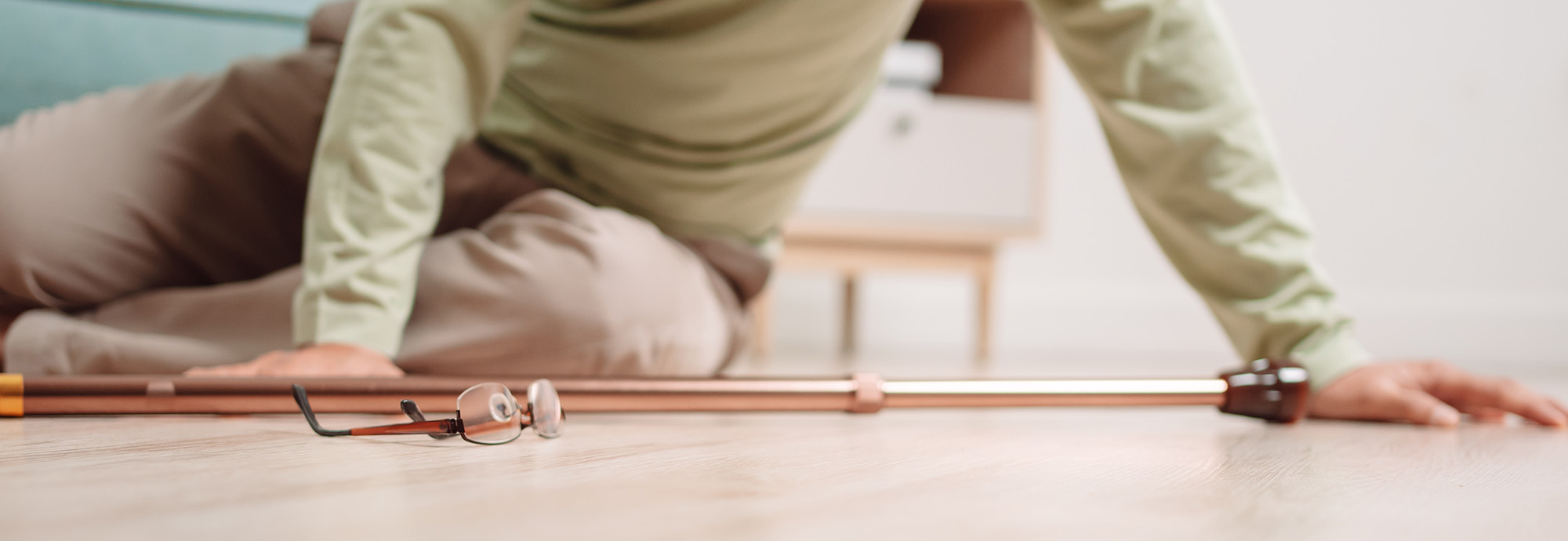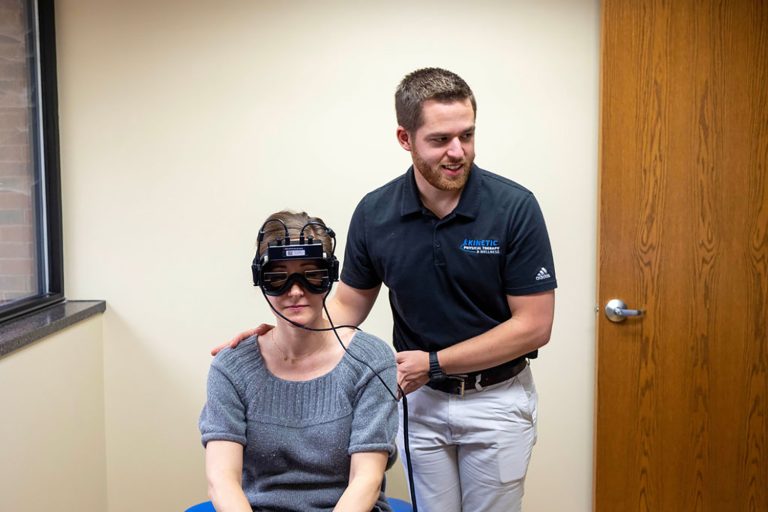

Don't Let Your Balance Slip Away
As we go through life, we quickly realize that there are so many things that are out of our control. For many people, this can often become overwhelming, especially when it is related to our health. As a physical therapist, I have had many conversations with men and women who are frustrated by the limits imposed on them by their health and mobility as they age. These limitations may be due to decreased energy, pain, or balance among other things. Instead of accepting these barriers as your new normal, allow me to challenge you to keep trying.
The Centers for Disease Control and Prevention states that 1 out of 4 adults over the age of 65 in the United States experiences a fall each year, and almost 30% of these people will suffer moderate to severe injuries related to their fall. Improving your balance can significantly decrease your risk of falling and can also improve your quality of life. Below are three practical tips on how to maintain and improve your balance as you age, as well as some examples of exercises to get you started.
- Get moving: Every time we change positions or get into or out of a chair our bodies make tons of small adjustments to help us stay balanced and upright. Therefore, it makes sense that the more we move and walk around the better we will become at coordinating these movements. Any movement is better than none, but try to incorporate activities that include both strength and agility for the most impact on your health. Exercises to try: Heel/Toe Raises or Walking Heel to Toe, Sit to Stand, Squats,
- Practice static and dynamic balance skills: Static balance refers to our ability to keep ourselves stationary or in one position, while dynamic balance is the ability to maintain our balance while we are moving or while switching between positions. Both are important and necessary when performing activities of daily living. Specific training will result in specific results; so if you want to be able to turn or change direction more steadily, practice turning. It seems redundant but it is effective! Examples of static balance exercises to try: Standing with feet together, Tandem Stance, Single Leg Stance. Examples of dynamic balance exercises to try: Weight Shifting, Side stepping, Marching with High Knees
- Challenge yourself: Now let’s be reasonable. I am NOT saying go practice your Karate Kid Crane stance on a wooden stump with ocean waves crashing around you… but I AM saying that you should not stop doing things out of fear. Once you are feeling more confident with your balance, challenge yourself by making activities harder. For example, try to increase your speed or repetitions, or try performing balance activities with your eyes closed or on a different surface (safety first please!). The more you challenge your balance, the better it will become.
If you try these tips and still notice that your balance is poor, or if you feel unsafe progressing your balance training on your own, reach out to a physical therapist in your area for a detailed evaluation and assessment. Your balance may also be affected by changes in your visual, vestibular, or somatosensory (ability to notice and process sensations) systems. Sometimes there are things that we cannot change, but any effort on your part to improve your balance can lead to improvements in your health and mobility. You do not have to be a bystander and sit on the sidelines while watching your balance slip away.
-Claire Harrison, PT, DPT
Please Share
categories
Recent Posts
categories

Don't Let Your Balance Slip Away
As we go through life, we quickly realize that there are so many things that are out of our control. For many people, this can often become overwhelming, especially when it is related to our health. As a physical therapist, I have had many conversations with men and women who are frustrated by the limits imposed on them by their health and mobility as they age. These limitations may be due to decreased energy, pain, or balance among other things. Instead of accepting these barriers as your new normal, allow me to challenge you to keep trying.
The Centers for Disease Control and Prevention states that 1 out of 4 adults over the age of 65 in the United States experiences a fall each year, and almost 30% of these people will suffer moderate to severe injuries related to their fall. Improving your balance can significantly decrease your risk of falling and can also improve your quality of life. Below are three practical tips on how to maintain and improve your balance as you age, as well as some examples of exercises to get you started.
- Get moving: Every time we change positions or get into or out of a chair our bodies make tons of small adjustments to help us stay balanced and upright. Therefore, it makes sense that the more we move and walk around the better we will become at coordinating these movements. Any movement is better than none, but try to incorporate activities that include both strength and agility for the most impact on your health. Exercises to try: Heel/Toe Raises or Walking Heel to Toe, Sit to Stand, Squats,
- Practice static and dynamic balance skills: Static balance refers to our ability to keep ourselves stationary or in one position, while dynamic balance is the ability to maintain our balance while we are moving or while switching between positions. Both are important and necessary when performing activities of daily living. Specific training will result in specific results; so if you want to be able to turn or change direction more steadily, practice turning. It seems redundant but it is effective! Examples of static balance exercises to try: Standing with feet together, Tandem Stance, Single Leg Stance. Examples of dynamic balance exercises to try: Weight Shifting, Side stepping, Marching with High Knees
- Challenge yourself: Now let’s be reasonable. I am NOT saying go practice your Karate Kid Crane stance on a wooden stump with ocean waves crashing around you… but I AM saying that you should not stop doing things out of fear. Once you are feeling more confident with your balance, challenge yourself by making activities harder. For example, try to increase your speed or repetitions, or try performing balance activities with your eyes closed or on a different surface (safety first please!). The more you challenge your balance, the better it will become.
If you try these tips and still notice that your balance is poor, or if you feel unsafe progressing your balance training on your own, reach out to a physical therapist in your area for a detailed evaluation and assessment. Your balance may also be affected by changes in your visual, vestibular, or somatosensory (ability to notice and process sensations) systems. Sometimes there are things that we cannot change, but any effort on your part to improve your balance can lead to improvements in your health and mobility. You do not have to be a bystander and sit on the sidelines while watching your balance slip away.
-Claire Harrison, PT, DPT
Please Share









